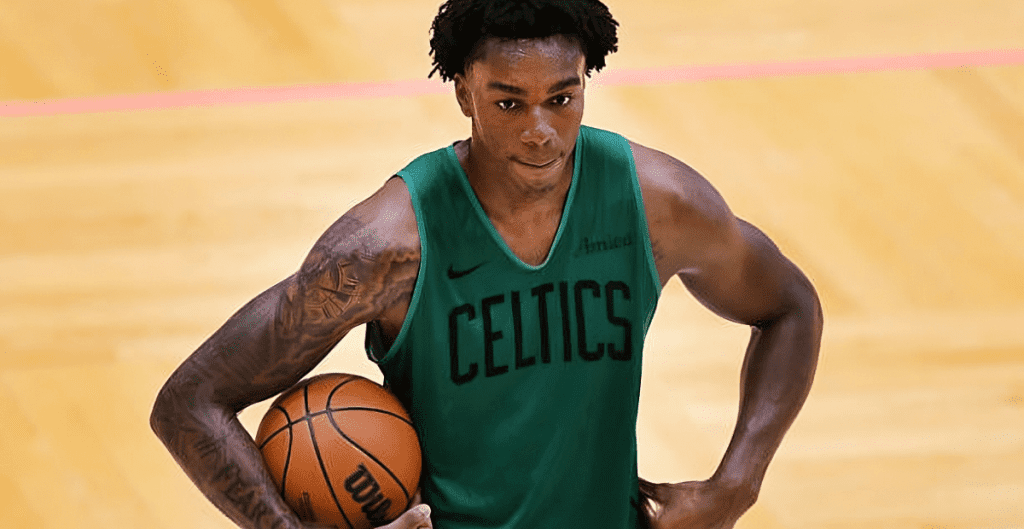Draft Night and Trade Details
During the Draft Night, the Boston Celtics traded their 32nd overall pick for selections 46 and 57, along with two future second-round picks. When it was their turn at 46th, they drafted Amari Williams, a 7-foot center from Kentucky. At 23 years old, he averaged 11 points, 8.5 rebounds, 3.2 assists, and 1.2 blocks last season after moving from Drexel, where he won two CAA Defensive Player of the Year awards.
Unique Skill Set
Landing Williams so late in the draft was a significant boost, given his distinctive skill set.
Passing and Offense
Mike Zarren, the Celtics’ Vice President of Basketball Operations, noted that Williams is “one of the best passing big men in college for a long time,” a claim supported by his impressive statistics. At Kentucky, he achieved a 24.7% assist rate, ranking him in the 99th percentile among his position. Williams was fundamental to the Wildcats’ offense, evident in his 26.9% usage rate. He showed exceptional court vision, whether from the post, the key, or the elbow.
Pace and Transition Play
In a post-draft press conference, Brad Stevens commented on the Celtics’ playoff loss, emphasizing the team’s issues with stagnation and lack of pace. He expressed intentions to address these issues, and Williams appears to align with that goal. He has the capability to grab defensive rebounds and immediately push the offense, or even score from end to end.
Defensive Skills and Room for Improvement
Defensively, Williams shows promise. Although he excelled at Drexel, winning two DPoY awards, his level at Kentucky was more indicative of his abilities, averaging 1.2 blocks last season. Based on his performances, he fits into drop coverage but has also demonstrated the potential to switch defenses, albeit with room for improvement in lateral quickness.
Offensive Challenges
A major concern for Williams is his scoring efficiency. He posted a 56% shooting rate from two-point range and 46% in the paint, with a 67% rate near the rim, which is low for a center. He struggles from beyond the arc, indicating a need for offensive development. A reliable push shot could enhance his effectiveness, making him a more guarded player on the floor.
Outlook and Expectations
Eventually, Williams signed a two-way contract with the Celtics. He is expected to primarily play in Maine, though injuries could change that. If he sees action in regular-season games, his skills as a screen-setter and passer could shine through. To secure playing time, he’ll need to establish himself defensively and on the boards. I anticipate that his rookie season could mirror Baylor Scheierman’s last year, featuring a gradual improvement after a slow start.



